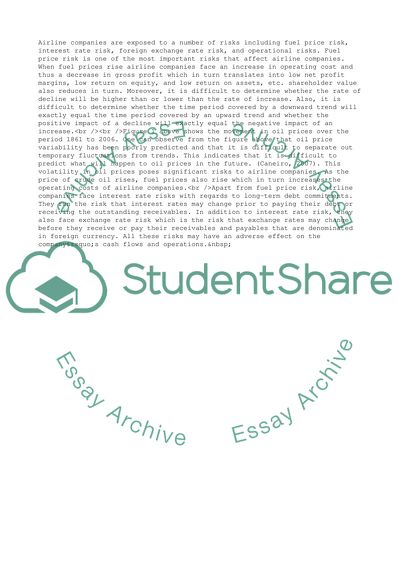Cite this document
(Risk Management in the Airline Industry Case Study of EasyJet and - 2, n.d.)
Risk Management in the Airline Industry Case Study of EasyJet and - 2. https://studentshare.org/management/1729261-risk-management-in-the-airline-industry
Risk Management in the Airline Industry Case Study of EasyJet and - 2. https://studentshare.org/management/1729261-risk-management-in-the-airline-industry
(Risk Management in the Airline Industry Case Study of EasyJet and - 2)
Risk Management in the Airline Industry Case Study of EasyJet and - 2. https://studentshare.org/management/1729261-risk-management-in-the-airline-industry.
Risk Management in the Airline Industry Case Study of EasyJet and - 2. https://studentshare.org/management/1729261-risk-management-in-the-airline-industry.
“Risk Management in the Airline Industry Case Study of EasyJet and - 2”. https://studentshare.org/management/1729261-risk-management-in-the-airline-industry.


